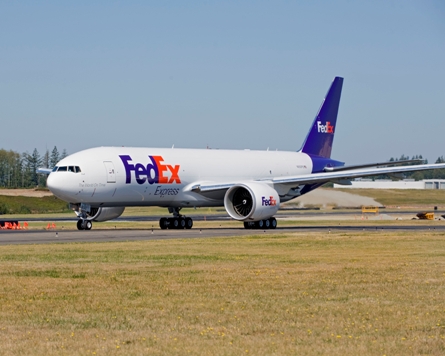US airframer Boeing is forecasting a two-thirds expansion of the world freighter fleet from the current 1,755 aircraft to almost 3,000 by 2029.
Nearly 2,500 aircraft are expected to join the fleet by 2029, with 1,300 pegged as replacement aircraft and 1,200 dedicated to growth. Boeing's latest forecast spans 2009 to 2029.
The manufacturer continues to see strong growth for dedicated freighters to reach nearly 50% of available tonne kilometres by the end of the forecast period.
As the freighter fleet expands its overall share of the total commercial fleet is expected to fall from 9% to 8% as the average size of freighter aircraft is expected to increase.
Widebody aircraft are expected to account for 60% of the freighter fleet, with the share of the type rising from a current level of 27% to 33% during the next 20 years.
| |
|---|---|
Boeing expects medium widebodies, including the 767F, Airbus A300/A310 and the 777 A SF, to post a modest increase in share from 18% to 21%. The slower growth is attributed to one-for-one replacements of Ilyushin I76s, A300Fs and 767Fs with larger A330Fs, 777-A SFs and 787Fs. The airframer also notes that newer passenger aircraft in this size category will be available for conversion in greater numbers as manufacturers accelerate delivery of widebody passenger jets to offset production delays.
Boeing concludes during the next 20 years more than 70% of fleet additions for replacement and market growth needs will stem from modified passenger and combi aircraft. Of the 2,494 aircraft delivered, converted models will account for 1,751 of the total while 743 are expected to be production aircraft. Of the 770 larger freighter aircraft covered under the forecast period, 522 will be new-build jets.
North America will account for 40% of deliveries during the forecast period, while Asia Pacific carriers are expected to take the greatest number of large freighters, says Boeing.
Overall, Boeing expects cargo traffic to grow at a 5.9% annual rate during the next two decades, with intra-China taking the lead at 9.2%. Intra-Asia cargo traffic is forecast to grow 7.9% followed by Asia-North America with a growth of 6.7%.
Source: Air Transport Intelligence news
























